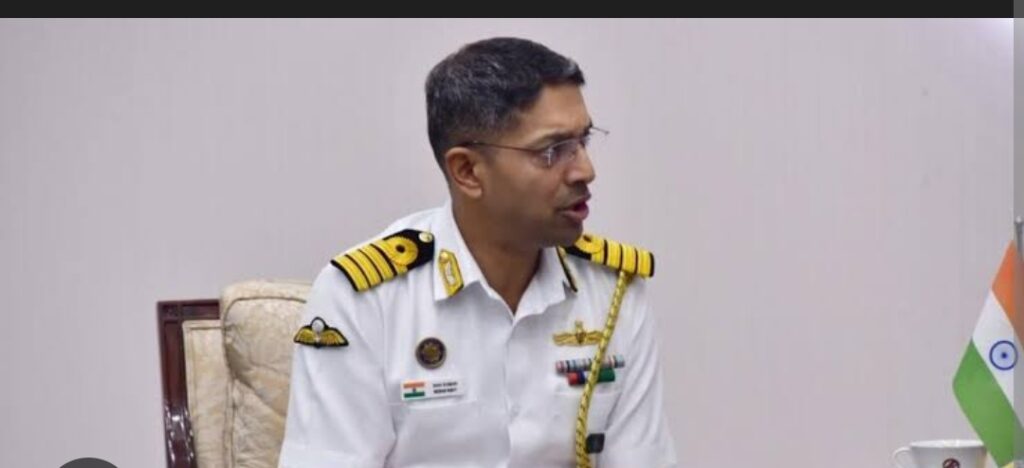The shocking loss of Indian jets to Pakistani fire in the May 2025 aerial engagement has triggered a storm of questions across military and diplomatic circles. How could this happen despite India’s superior air capabilities? Why did India suffer such a blow in a crucial face-off? And most importantly, what does the Indian defence attache have to say?
Let’s uncover the real story.
🇮🇳 The Battle That Stunned a Nation
The skies above the Line of Control once again became a battlefield in May when a sudden escalation between India and Pakistan led to an intense dogfight. Within minutes, two Indian jets — a MiG-29 and a Tejas Mk1A — were reported downed by Pakistani surface-to-air missiles.
The nation watched in disbelief.
Despite modern radar and advanced electronic warfare systems, the Indian jets could not evade targeted fire.
🧩 What Really Went Wrong?
According to internal reports and military experts, the issue wasn’t just technological. It was a deadly mix of human error, protocol lapses, and overconfidence.
🔻 Key Failures Identified:
Misreading enemy radar signatures due to jamming interference.
Delayed countermeasures from ground control.
Lack of real-time satellite intelligence coordination.
And this is where the Indian defence attache comes into the spotlight.

🕵️ Indian Defence Attache Breaks Silence
A classified post-engagement report presented to the National Security Council included input from the Indian defence attache stationed in Islamabad. His analysis has now become crucial to understanding the intelligence failure.
🗨️ His observations:
“There were clear signs of Pakistani radar activity intensifying days before the strike. These cues were either missed or not acted upon decisively by Indian command structures.”
He added that diplomatic warnings and intercepts suggested Pakistan was preparing for a provocation — but this intelligence was not prioritized.
This admission has sparked a call for systemic reform in defence protocol.
📉 Was India Overconfident?
Some military insiders believe that India may have underestimated Pakistan’s evolving air-defence systems, especially newer Chinese-supplied tech that enhances precision tracking.
Even the Indian defence attache reportedly warned New Delhi about the growing threat of dual-band SAMs (surface-to-air missiles) in Pakistani inventory.
But the lack of timely upgrades in Indian aerial combat protocols proved costly.
⚠️ The Price of Complacency
The loss of jets has more than symbolic consequences:
Tactical setback in regional dominance
Blow to India’s air force morale
Raised questions over military-to-diplomatic coordination
The Indian defence attache’s warnings may now become central to an overhaul of defence intelligence practices.

💡 Lessons Learned — What Happens Now?
This incident could be a turning point in how India handles real-time battlefield intelligence and diplomatic-military synergy.
🛡️ Immediate steps being considered:
Empowering defence attachés with greater authority to issue alerts
Establishing direct communication pipelines between attache offices and IAF command
Investing in next-gen anti-missile tech and pilot training programs
🧭 Conclusion: Time for Introspection and Action
The May loss of Indian jets wasn’t just a tactical blunder — it was a strategic wake-up call.
India’s defence system is only as strong as the coordination between ground intelligence and aerial operations. The Indian defence attache, often overlooked in critical security architecture, may hold the key to preventing future disasters.
Only with swift reform, upgraded tech, and smarter diplomacy can India regain the aerial edge.
muat read – ENG vs IND: Smriti Mandhana Creates Century History